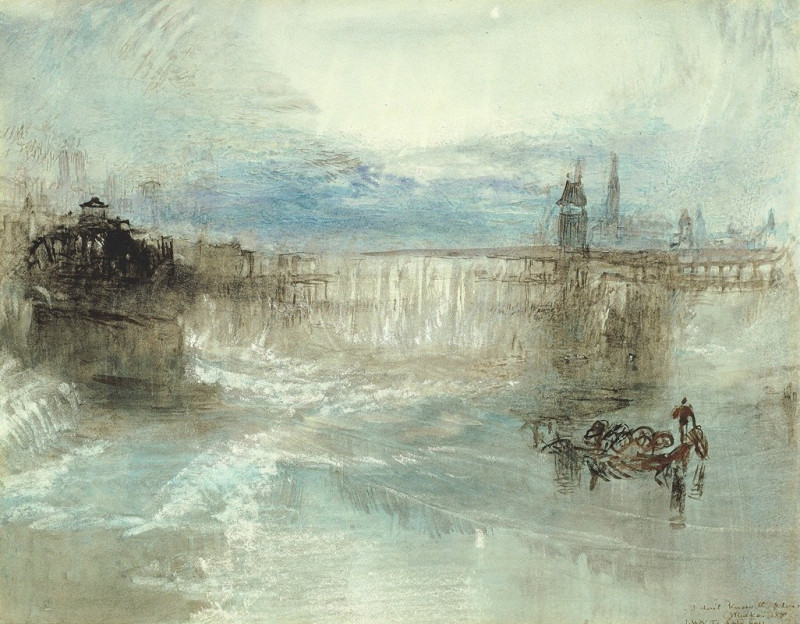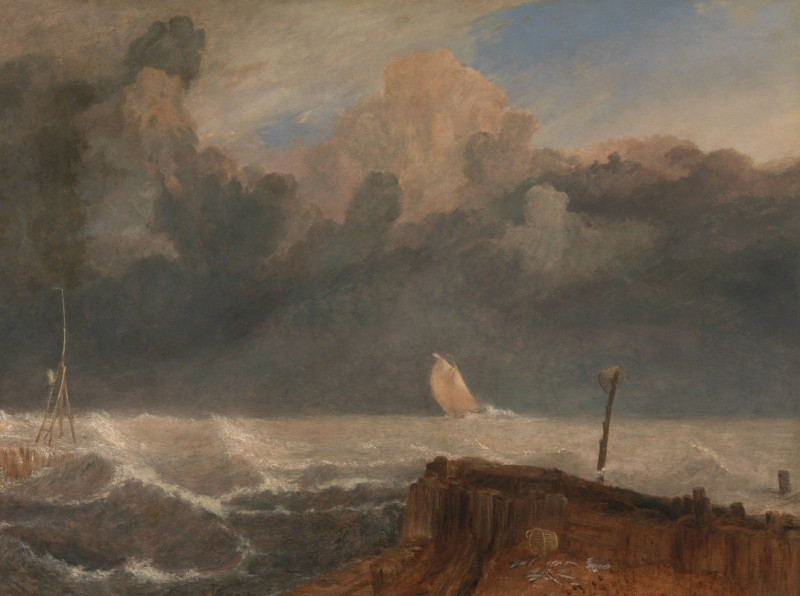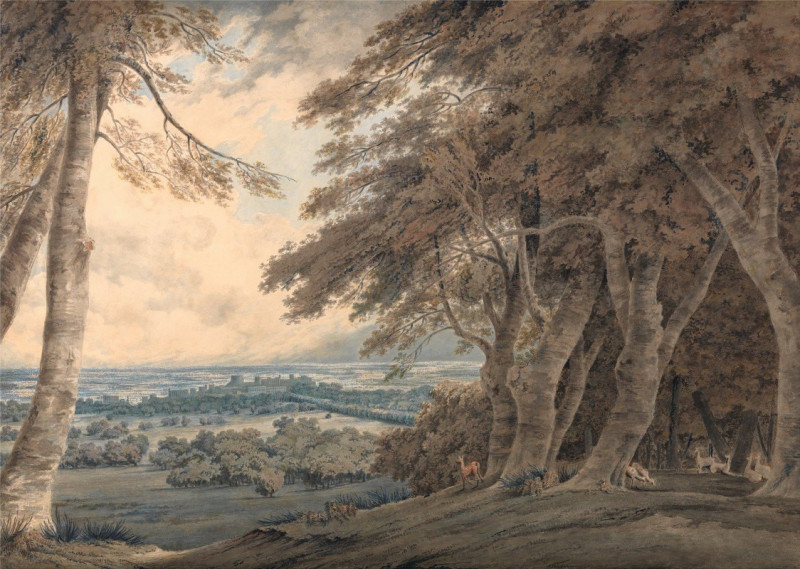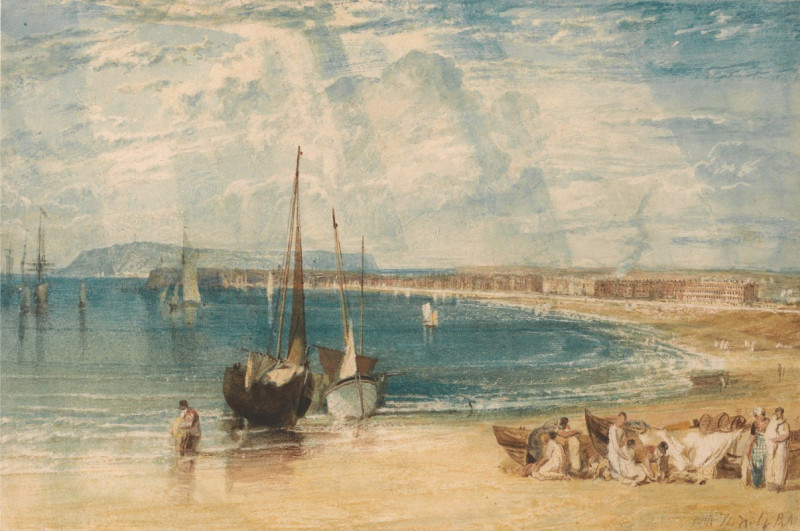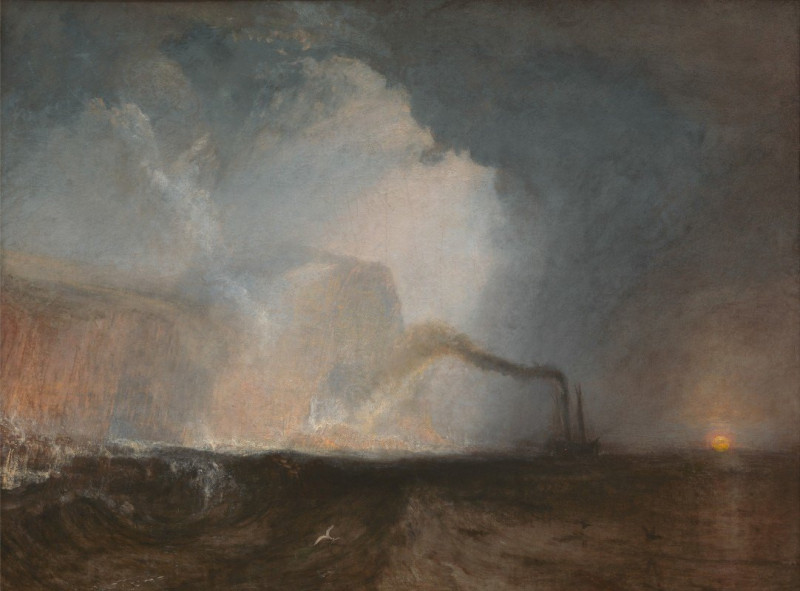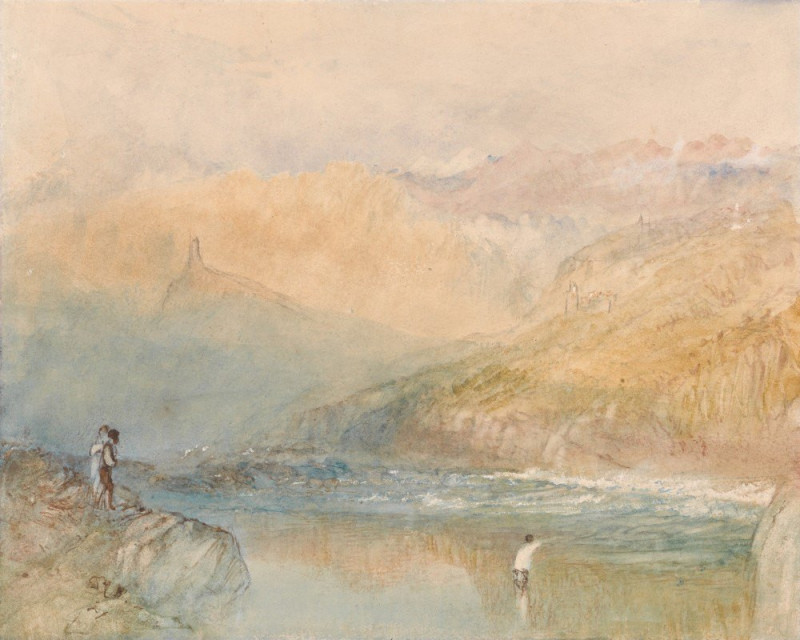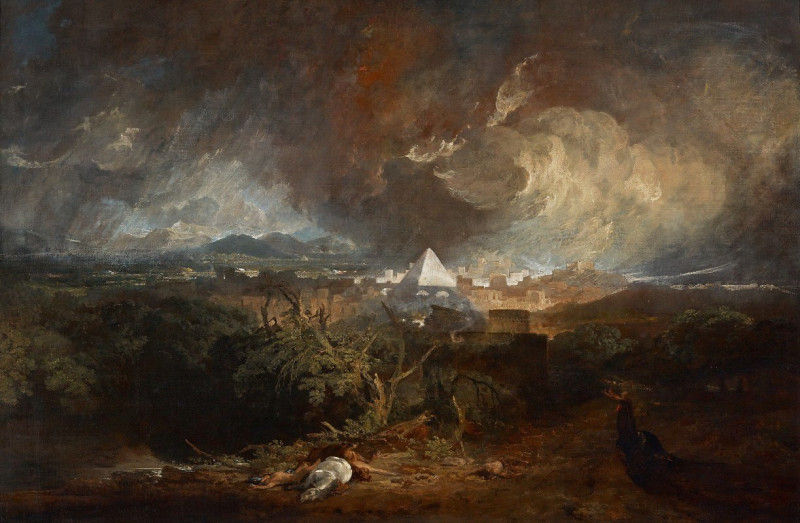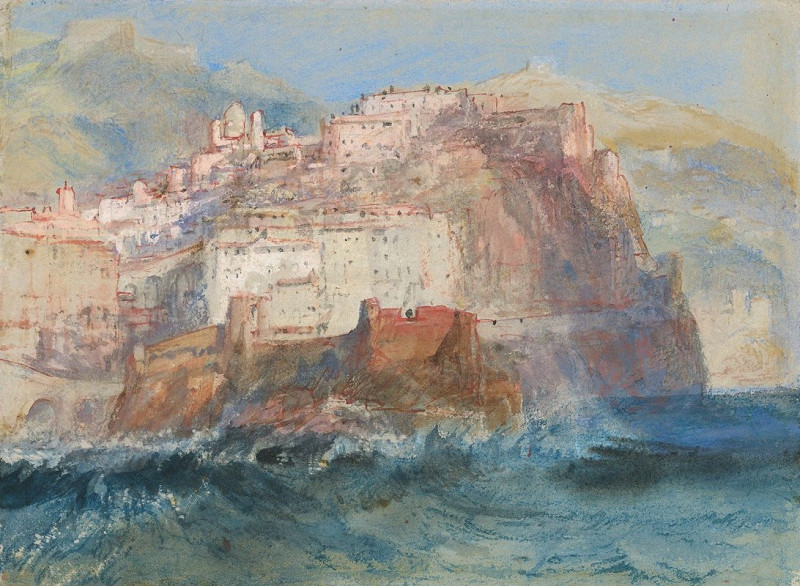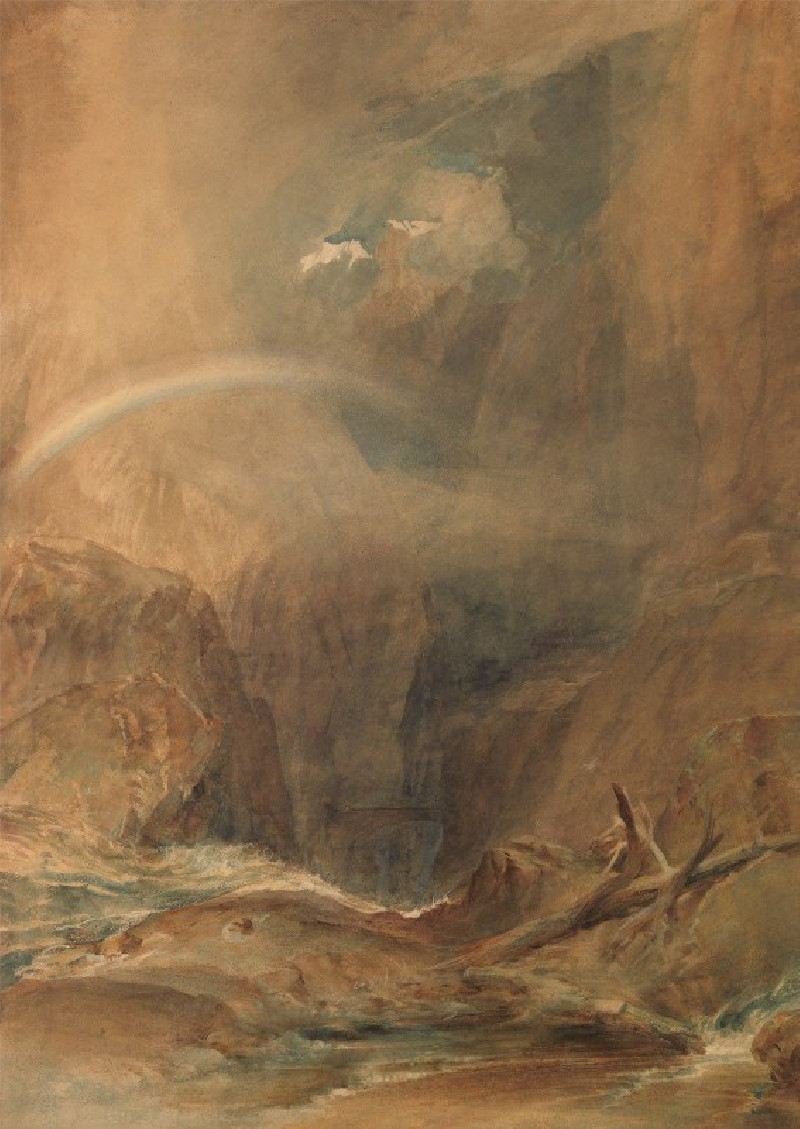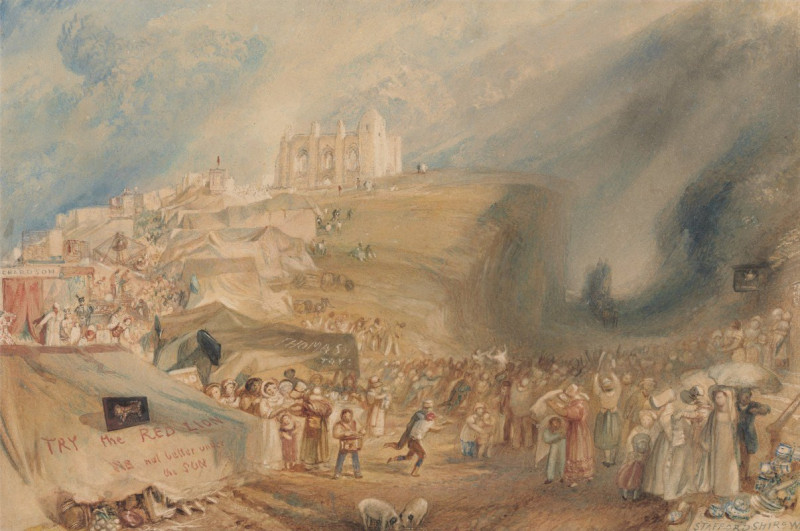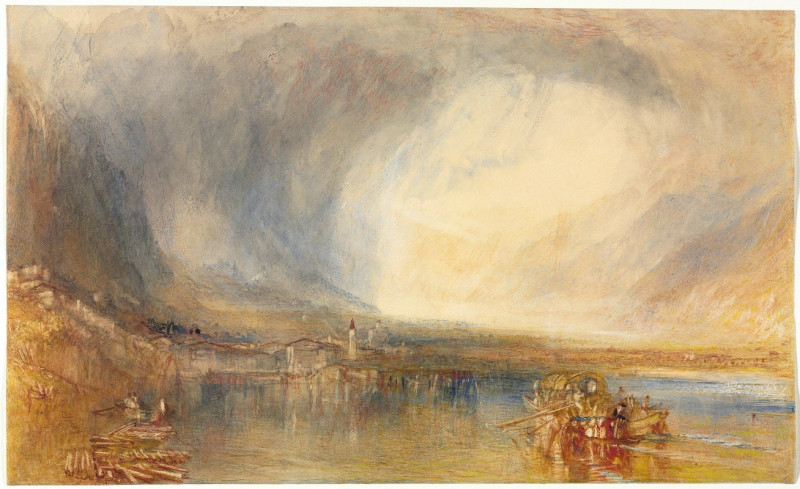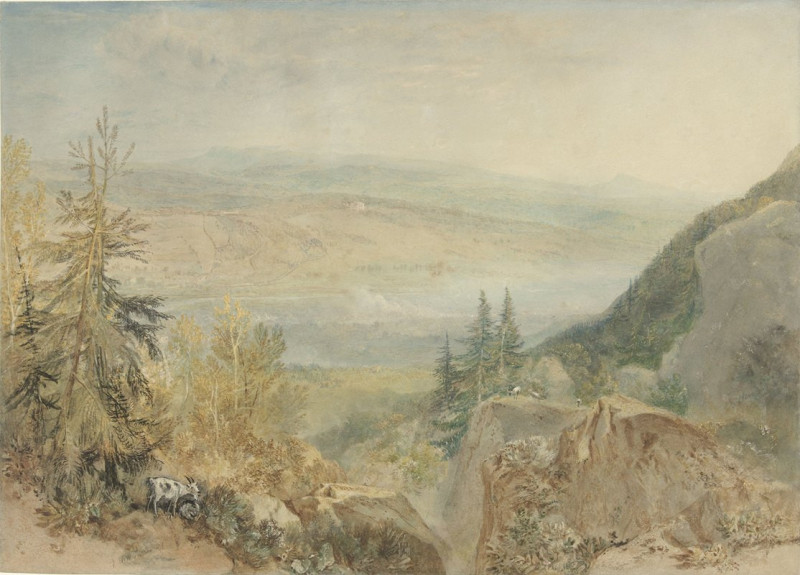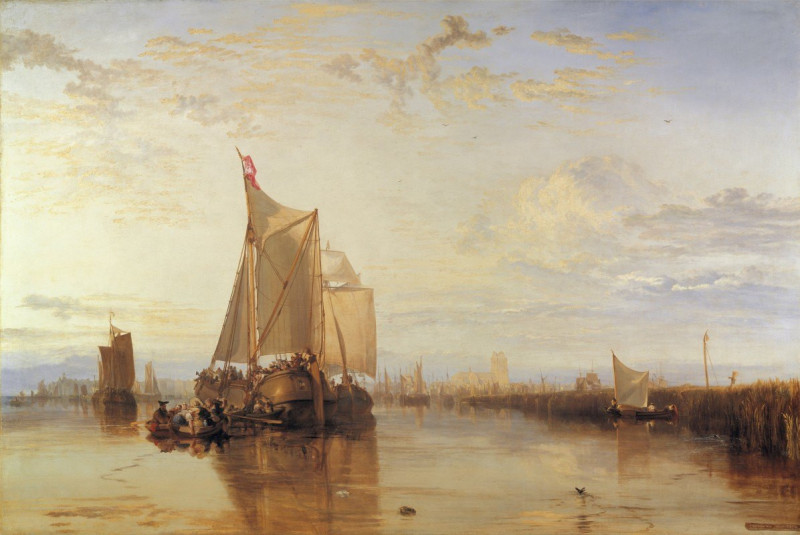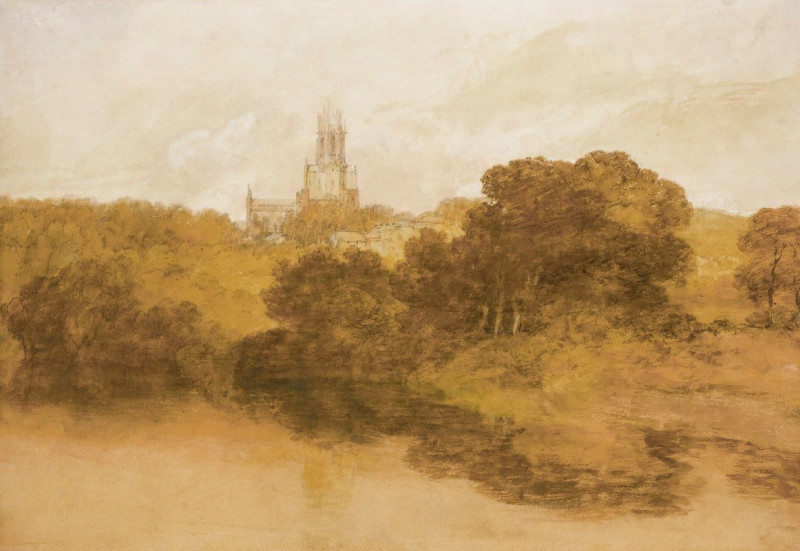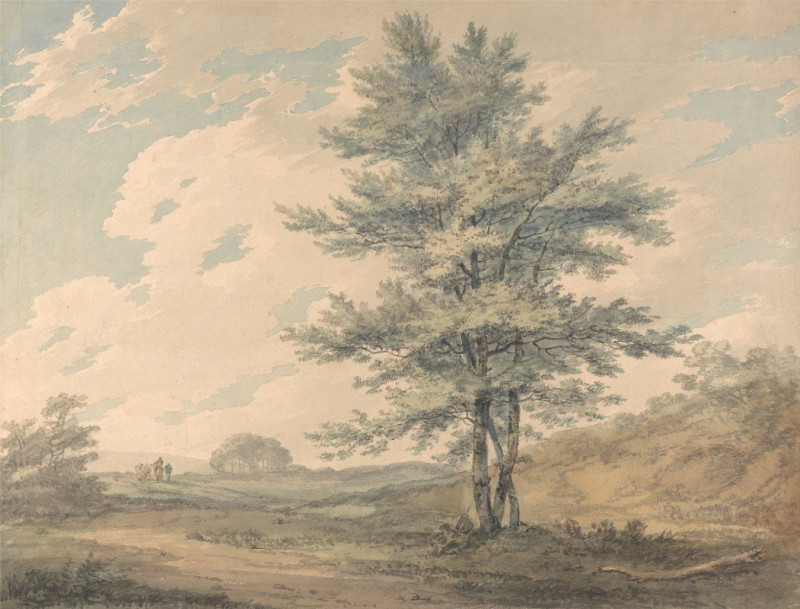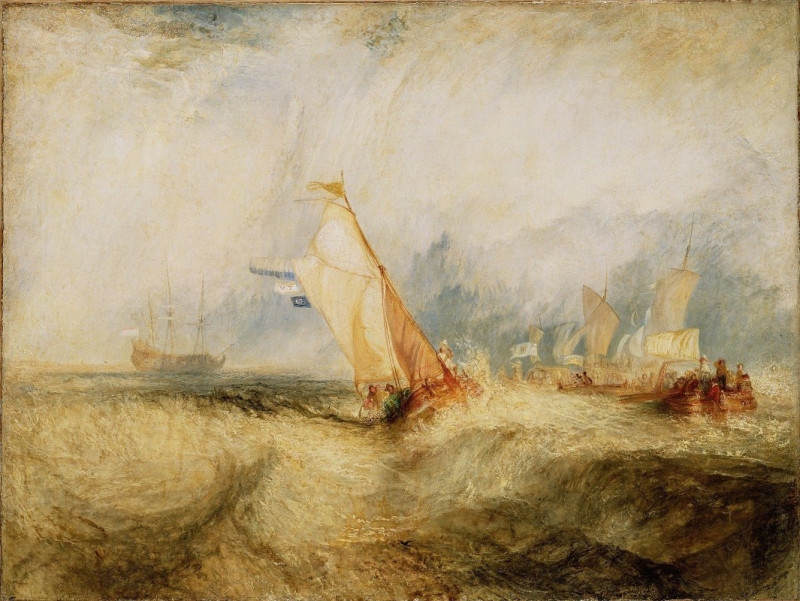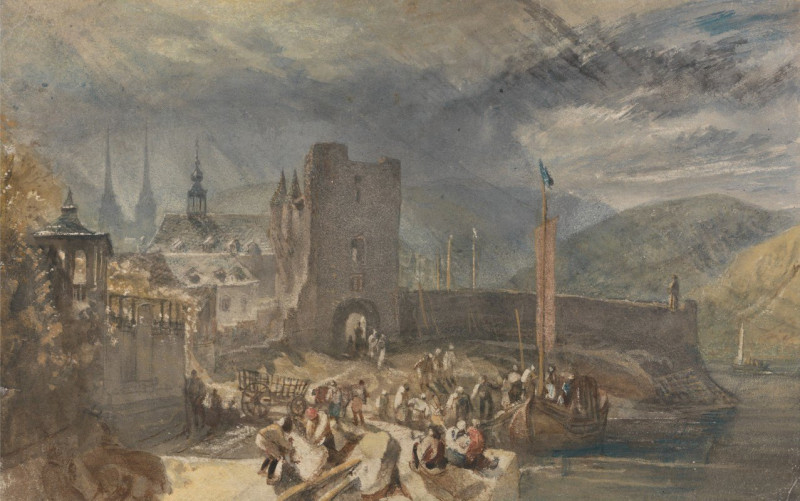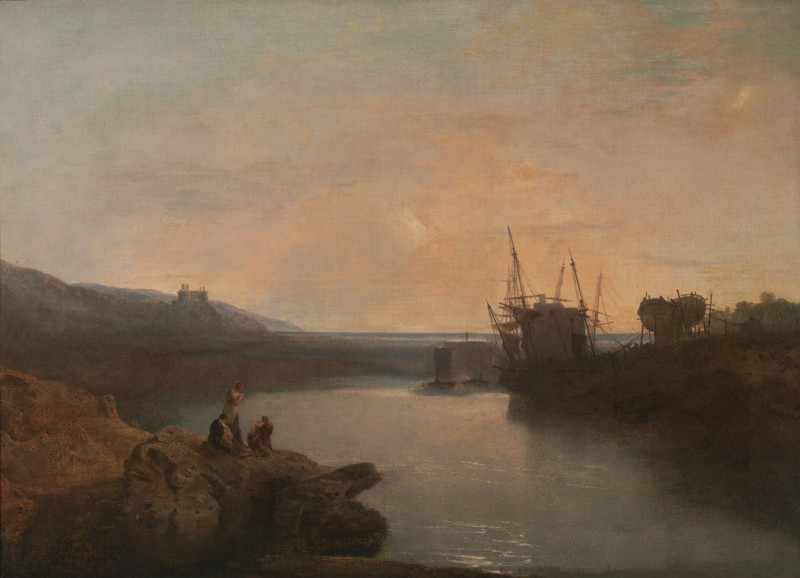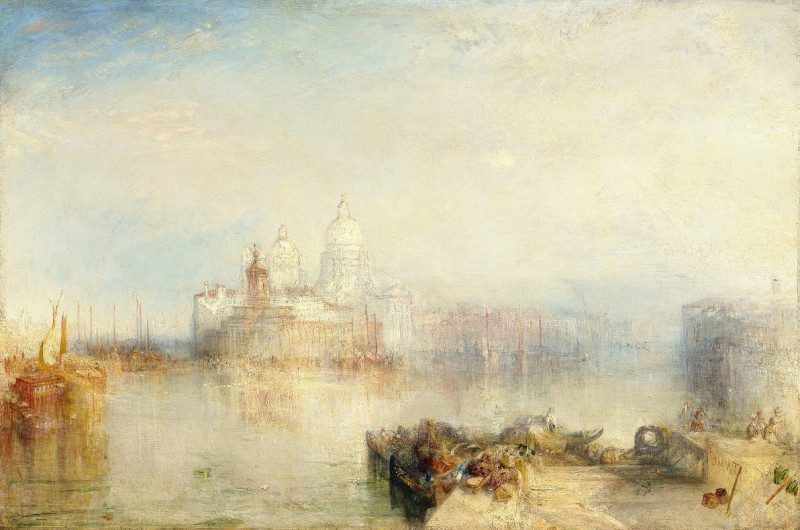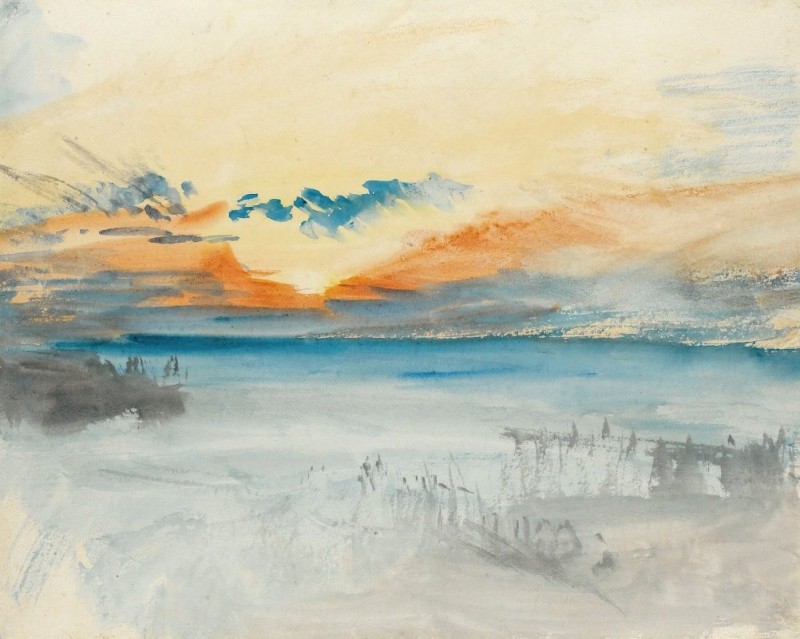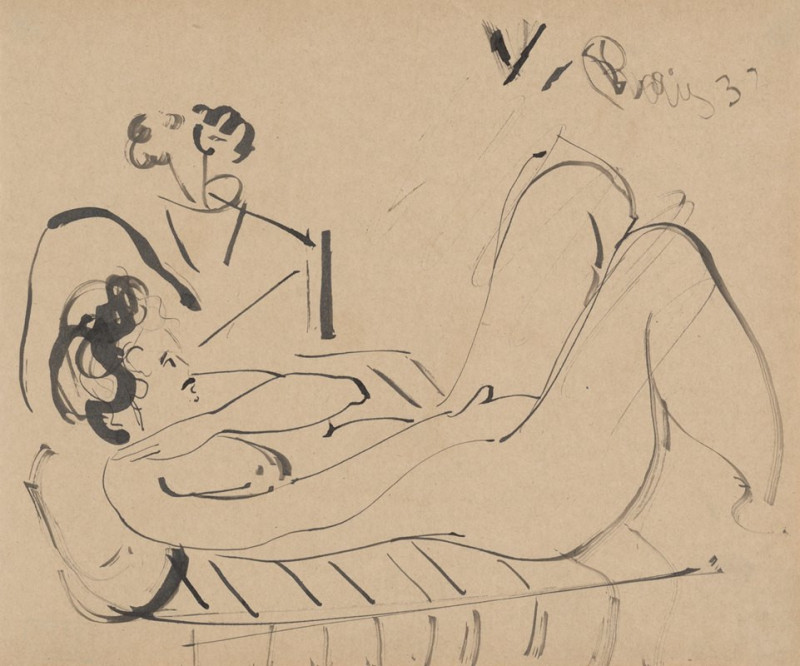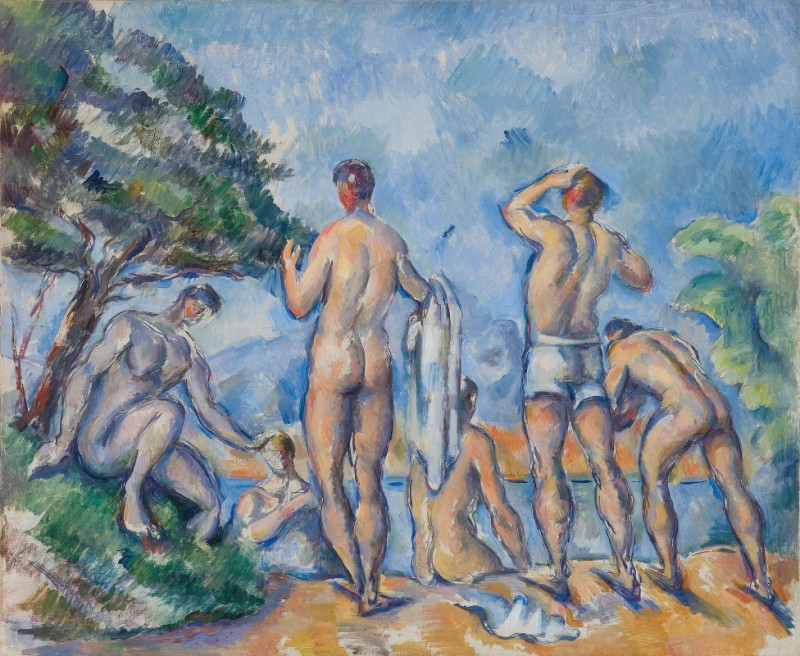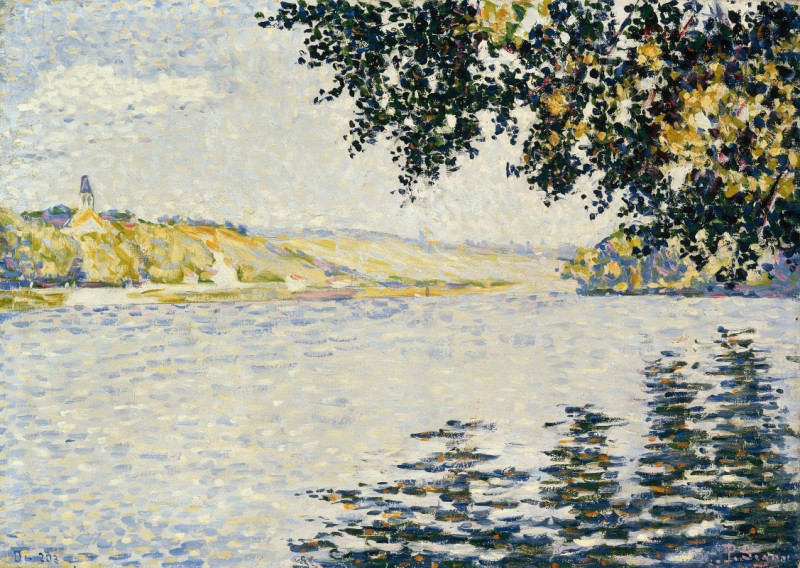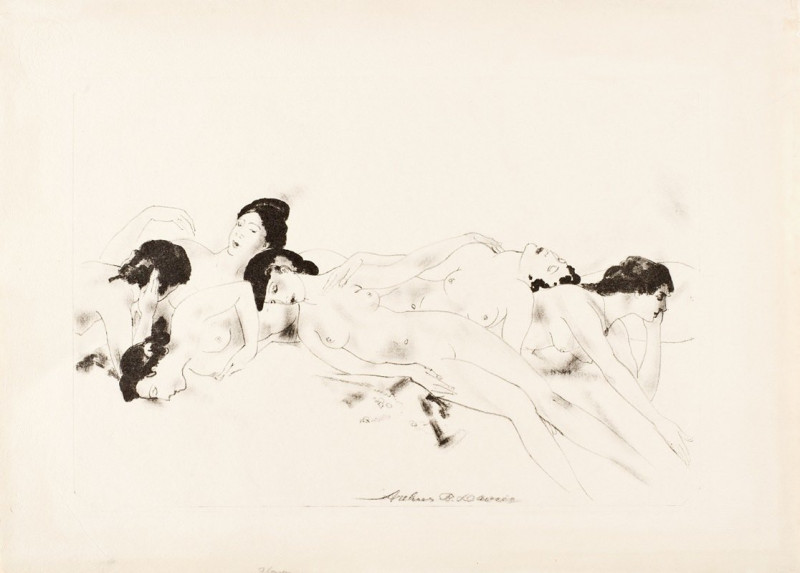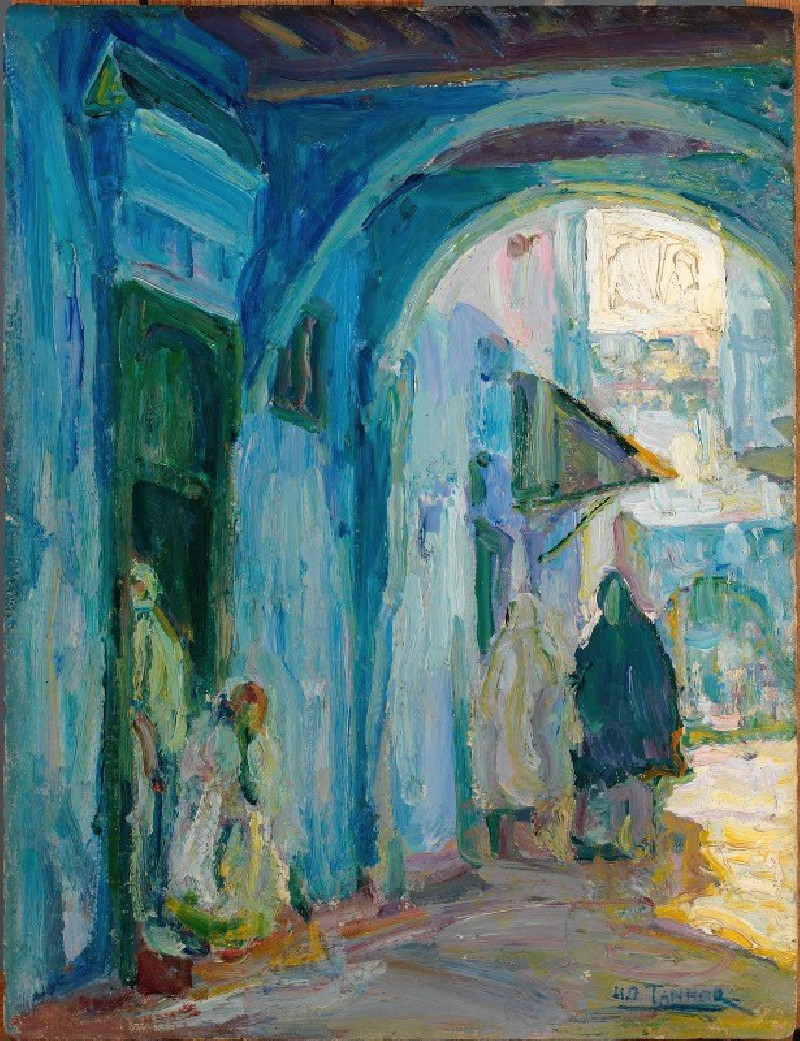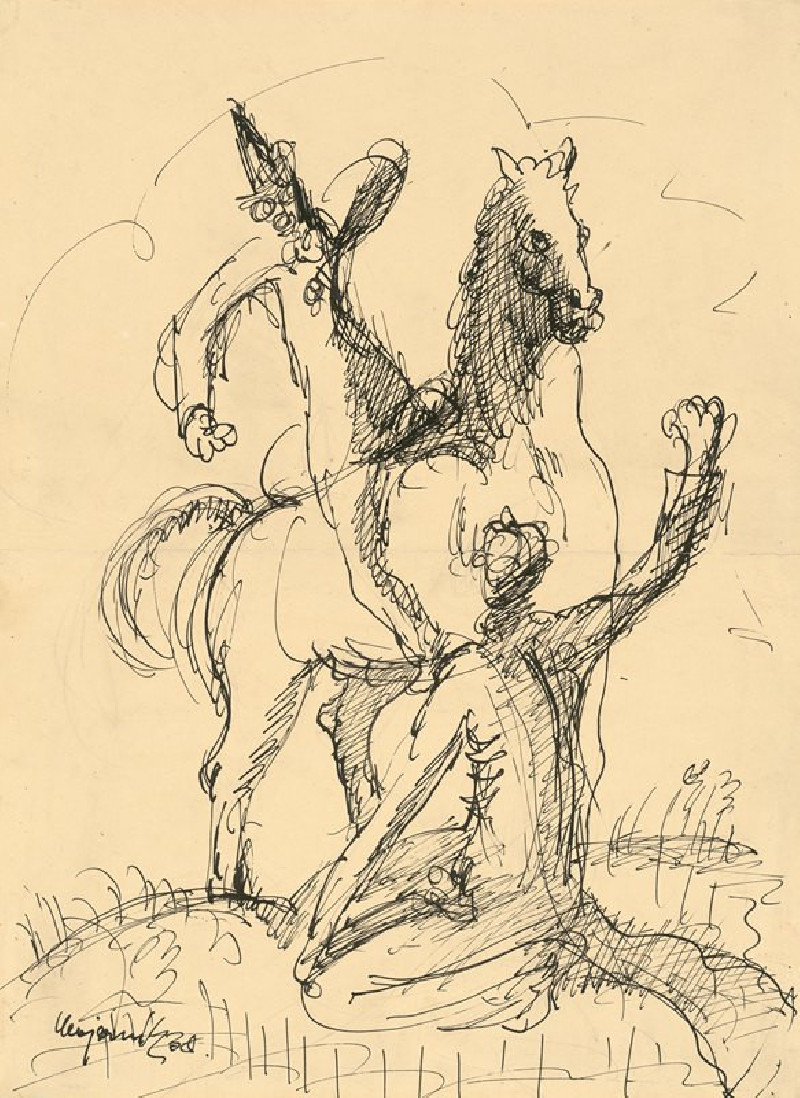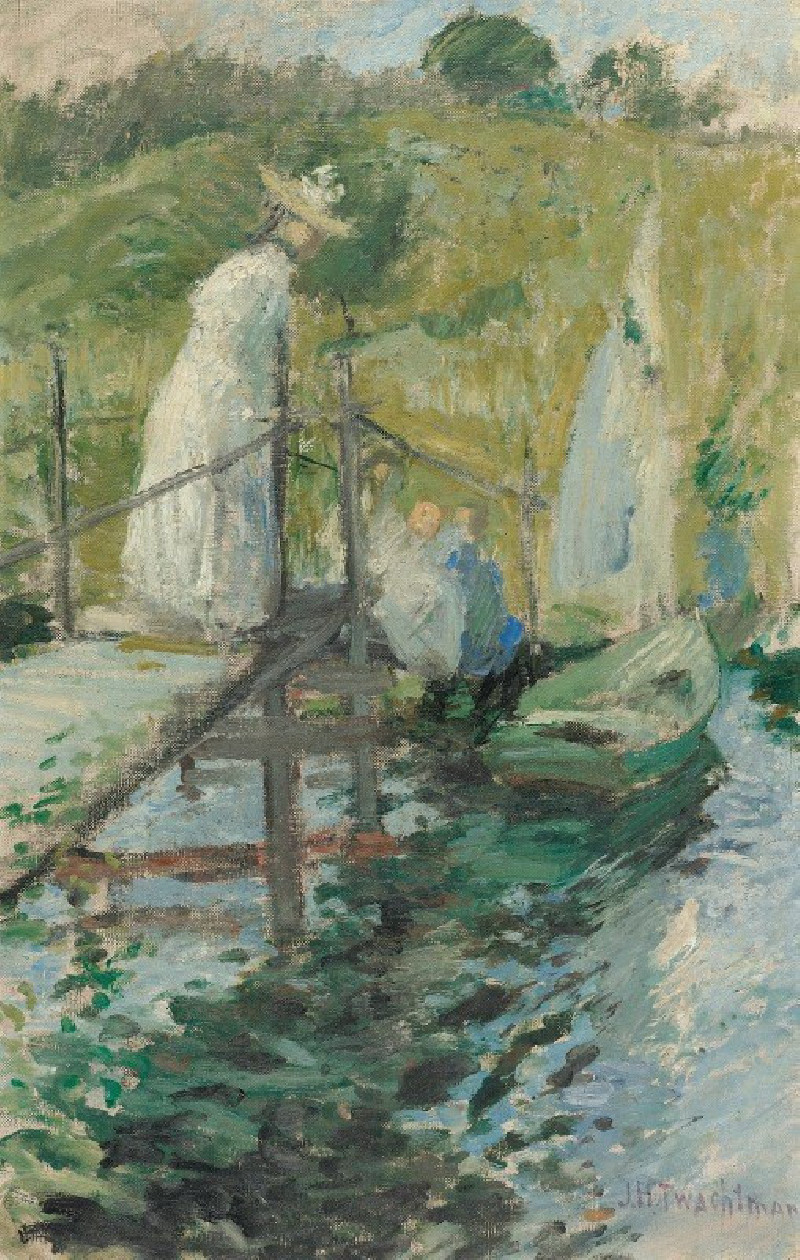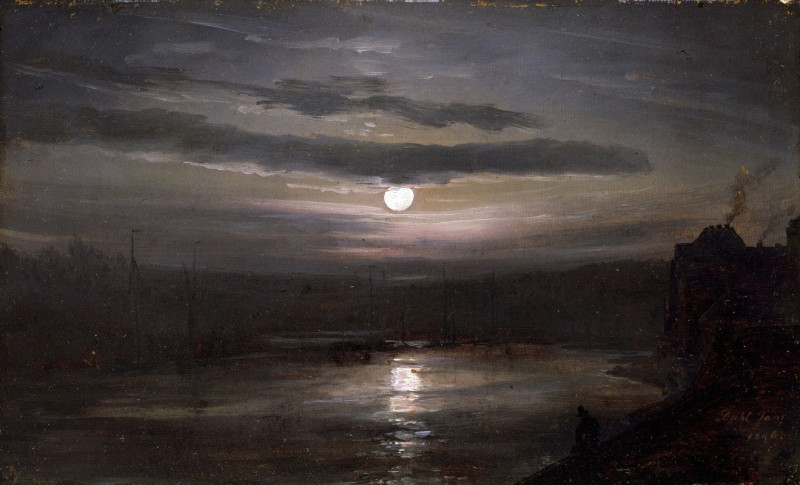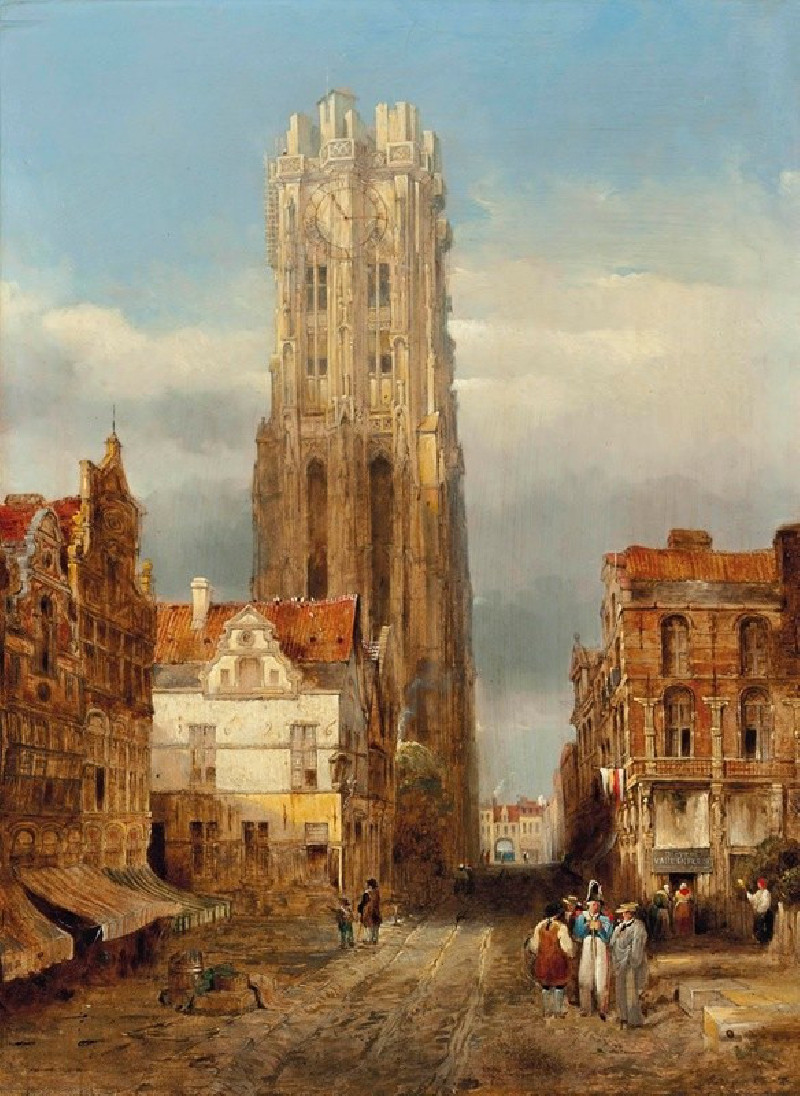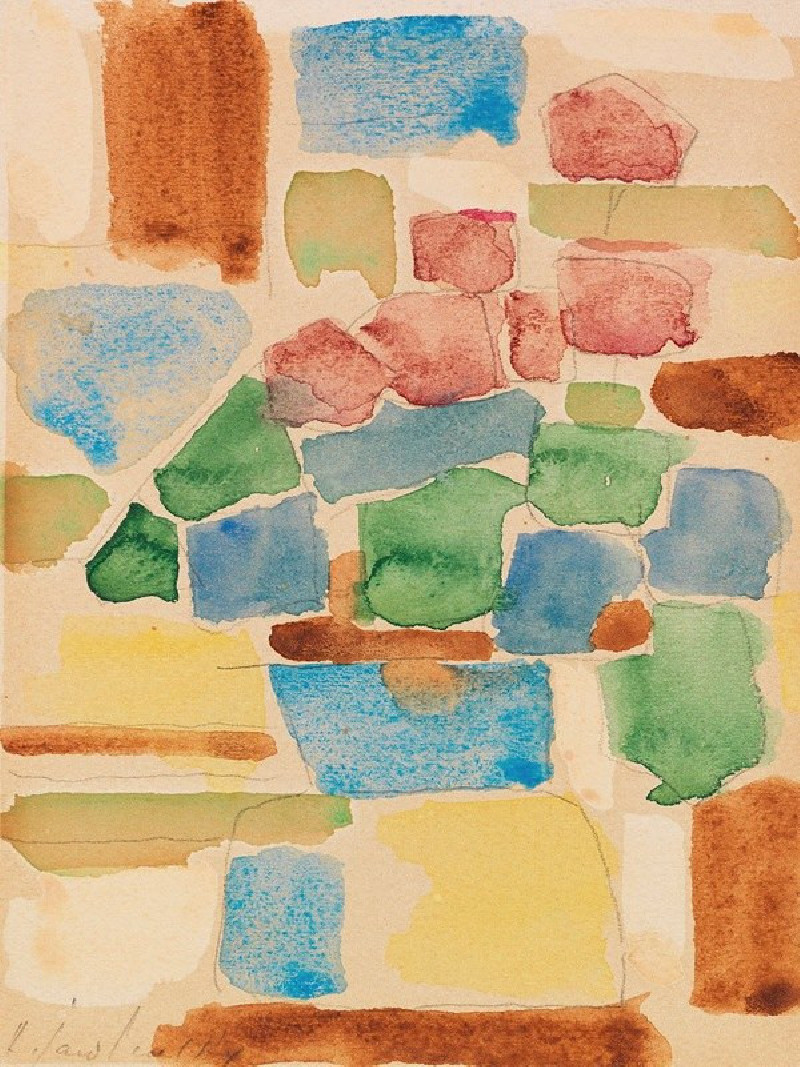View of Lucerne (1840-41)
Technique: Giclée quality print
Recommended by our customers
More about this artwork
Delve into the enchanting landscape of Joseph Mallord William Turner's "View of Lucerne," an exquisite masterpiece that bears testimony to Turner’s revolutionary techniques and vision. Painted during the period of 1840-1841, this work captures the scenic tranquility and architectural majesty of the Swiss city of Lucerne in an almost dream-like depiction.At the heart of the composition lies the serene expanse of the lake, reflecting the delicate play of light and shadow that Turner is renowned for. The ethereal quality of the water surface mirrors a sky filled with soft light breaking through clouds, blending seamlessly at the horizon with the calm waters. The city is subtly rendered on the right, its spires and structures lightly sketched against the backdrop of sky and water, suggesting the delicate interplay between man-made beauty and its natural surroundings.Dominating the foreground, Turner introduces a small human element—a boat manned by figures. This inclusion not only provides scale but also introduces a narrative element, perhaps suggesting the daily lives intersecting amid this captivating landscape.Turner's use of light, fluid brushwork, and a restrained palette in "View of Lucerne" underscores his ability to evoke emotion and atmosphere, allowing the viewer to experience the scene not just visually but emotionally. This painting is a testament to Turner’s enduring fascination with light and natural environments, capturing a moment that feels both timeless and fleeting.
Delivery
Returns
Joseph Mallord William Turner RA, known in his time as William Turner, was an English Romantic painter, printmaker and watercolourist. He is known for his expressive colourisations, imaginative landscapes and turbulent, often violent marine paintings. He left behind more than 550 oil paintings, 2,000 watercolours, and 30,000 works on paper. He was championed by the leading English art critic John Ruskin from 1840, and is today regarded as having elevated landscape painting to an eminence rivalling history painting.

